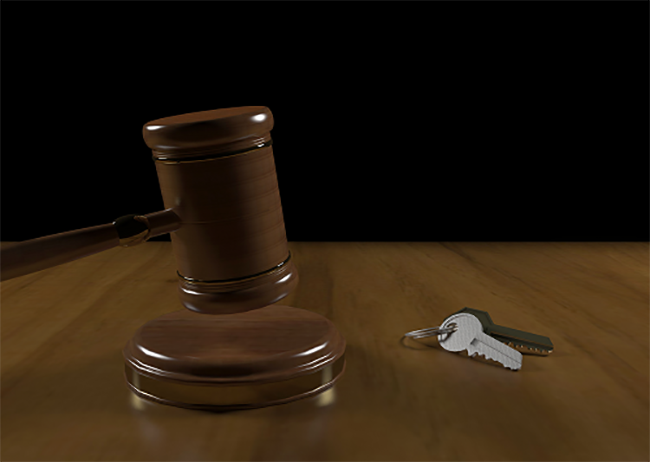Blog

Pennsylvania Professional Liability- Key Case
/ 18.Nov, 2011An important initial question in legal malpractice cases is necessarily whether the attorney actually represented the client for the matter in which the attorney was allegedly negligent. Privity between the parties is necessary to maintain an action against a professional. A lawyer owes allegiance only to his client so there is no duty or obligation for a lawyer to act for the benefit of anyone except his client. Smith v. Griffiths, ___Pa.Super.___, 476 A.2d 22, 26 (1984). Although whether privity existed is often a clear cut question, there can be some very murky waters.
One of the most helpful cases in navigating those waters is Atkinson v. Haug, 424 Pa. Super. 406, 622 A.2d 983 (Pa. Super. 1993). The court in Atkinson affirmed the concept that a plaintiff cannot unilaterally impose an attorney-client relationship on a lawyer. An attorney-client relationship exists only if 1) the purported client sought advice or assistance from the attorney; 2) the advice sought was within the attorney’s professional competence; 3) the attorney expressly or impliedly agreed to render such assistance; and 4) it is reasonable for the putative client to believe the attorney was representing him. The court also set forth a list of factors that can be used to determine if an implied attorney-client relationship exists. According to the Atkinson court one may consider whether there was a fee agreement, retainer, discussion about the legal ramifications of the deal, a request for legal services by the plaintiff, or legal services offered by the lawyer. Id.
Going into a professional liability case against an attorney, the first question to answer is did the attorney owe a duty to the putative client. Atkinson is very useful in answering that question.


Comments